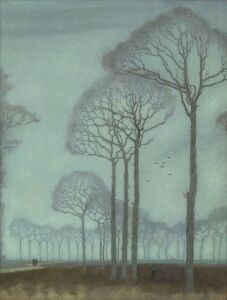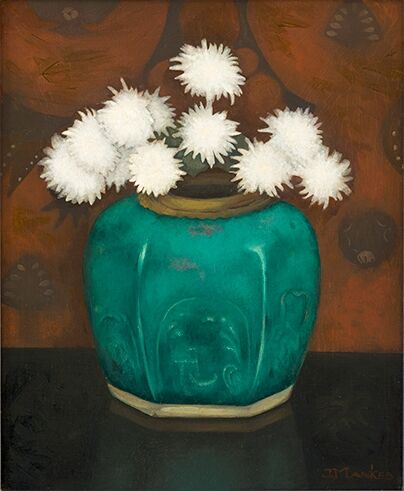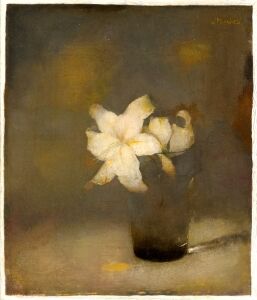We use cookies to make your experience better. To comply with the new e-Privacy directive, we need to ask for your consent to set the cookies. Learn more.
White Rooster
We handcraft all reproductions in our Amsterdam studio. Are you looking for a specific artwork, a different size or a special frame? Contact us.
Gallery wrap 2 cm: Watch this video to see how we make your reproduction. The canvas is stretched by hand on two centimetres thick wooden stretcher bars. The term "gallery wrap" refers to an image that appears on the sides of the stretcher bars as well as the front.
We handcraft all reproductions in our Amsterdam studio. Are you looking for a specific artwork, a different size or a special frame? Contact us.
Gallery wrap 4,5 cm: Watch this video to see how we make your reproduction. The canvas is stretched by hand on 4,5 centimetres thick wooden stretcher bars. The term "gallery wrap" refers to an image that appears on the sides of the stretcher bars as well as the front. This canvas hangs strong and bold on your wall and does not need a frame.
We handcraft all reproductions in our Amsterdam studio. Are you looking for a specific artwork, a different size or a special frame? Contact us.
Classic with nails: Watch this video to see how we make your reproduction. After stretching the canvas on 2 cms thick stretcher bars, we finish the sides in a traditional way. We use custom-made nails and hammer them in by hand for that old fashioned look.
We handcraft all reproductions in our Amsterdam studio. Are you looking for a specific artwork, a different size or a special frame? Contact us.
About the original:
Jan Mankes (1889-1920), White Rooster 1917, Oil on Canvas, 18.5 x 23.5 cm, Collection Museum MORE.
Giclée printing: Watch the video
We print the reproductions on museum-quality canvas of 380g. Printing a Giclée is done with the utmost precision. The HDR inks are sprayed on the canvas layer by layer, with 800 nozzles per colour x 10 channels for a total of 8000 nozzles. This technique guarantees over 100 years of colour permanence. The end result is characterized by great fineness and image depth, very high sharpness, detail and deep colours.
Varnish: Watch the video
We then apply several coats of varnish by hand to make the colours come to life and to protect against moisture and UV light. The canvas is stretched by hand on stretcher bars made with timber from sustainable forestry.
Want to save on shipping costs? Watch the video
We can also deliver your canvas unstretched, rolled-up and placed in a tube for shipping. See here how we package your reproduction. For more information and prices contact us.
Can’t find what you’re looking for?
All reproductions are custom made in our Amsterdam studio. If you are you looking for a specific artwork, a special frame, or you want a different size, feel free to contact us.
White Rooster
Jan Mankes was born in 1889 in a Dutch village called Meppel. In 1904 the family moved to Delft and he started taking lessons at the Art Academy in The Hague. In 1913 he married a Dutch pastor. A few years later, Jan became ill and they hoped that being surrounded by nature would do him good, so together they moved to the North of the Netherlands. Jan Mankes produced around 200 paintings, 100 drawings and 50 prints before dying of tuberculosis at the age of 30.
The subjects of his artworks ranged from self-portraits to landscapes and studies of birds and animals. His early works mostly consist of dark birds with dark tones. He later started painting lighter coloured animals. When he was working with white, he was able to acquire a pearly lustre because of his soft brush strokes. He studied and sketched his subjects, mostly birds and farm animals, until he knew them by heart. He painted his paintings by memory. In this way he captures the essence of the subject, instead of being focused on a realistic portrayal. His paintings are often described as a fairytale-like and dreamy depiction of nature.









